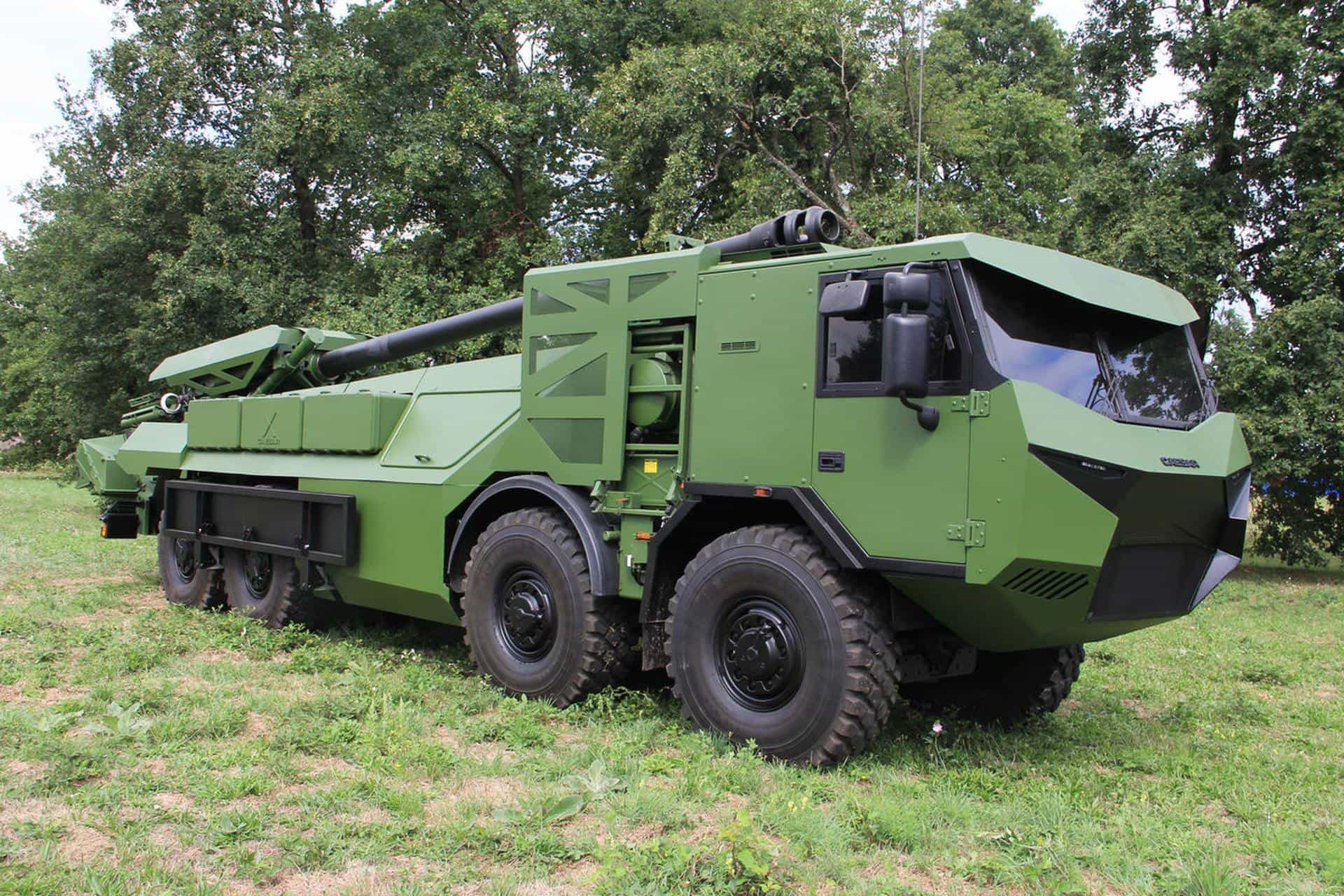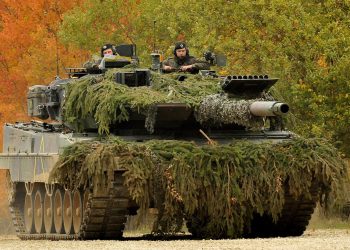The U.S. Army is leveraging cutting-edge technologies from its Science and Technology Directorate (S&T) to give the Block III Apache aircraft increased power, lift, maneuverability and hard-landing ability, service officials said.
The Army S & T community, a subset of the Assistant Secretary of the Army for Acquisition, Logistics and Technology (ASA ALT), has been developing the Rotorcraft Drive System of the 21st Century (RDS-21) Face Gear Transmission and High Performance Shock Strut (HPSS) advanced landing gear; these technologies are giving the next-generation Apache the ability to buy back performance lost when the aircraft added the extra weight that went along with enhanced mission equipment packages.
“With these technologies, pilots can fly further and carry more ordnance. They can land better under difficult conditions with no damage to the aircraft,” said Mac Dinning, team leader for aircraft survivability, Aviation and Missile Research, Development and Engineering Center (AMRDEC).
The empty weight of the Apache A model is 10,267 pounds, compared to the 11,800-pound D-model Longbow Apache; the heavier Apache carries significantly improved targeting and sensing capabilities but lacks the transmission-to-power ratio and hard-landing ability of the A model. The Block III Apache is being engineered such that an advanced, high-tech aircraft at the weight of the D model can have the power, performance and landing abilities of an original A model Apache.
“When the Apache was first developed in the mid-70s it had specific operational requirements — for hard landing and for lift capability to lift a certain payload at a certain vertical rate of climb at forward speed. Over the years we have added a lot of capability to the aircraft in terms of mission equipment packages such as sensors, and all of that has added thousands of pounds of weight to the aircraft. So now the empty weight of the aircraft is much heavier and if we are still going to carry something close to the full weapons capability, we start losing the capability of the landing gear,” said Dinning.
“In terms of technologies specific to buying back vehicle performance they had in the A model before adding all of the weight, the RDS-21 gear box and Shock Strut are the two most significant ones to add back capability the Apache had with the A model and lost with the D.”
The RDS -21 improves efficiency because the transmission combines the output torque of two engines into a single power torque transmission, Dinning said.
“The RDS-21, with the split torque gear capability, is allowing us at no increase in transmission weight to pass significantly more torque through the transmission up to the router. This gives us the lift capability we need to carry the full weapons and fuel load to get missions done. It is a hardware system that is taking the output torque from two engines and is combining them into a single torque into the shaft of the router,” said Dinning.
The RDS-21 technology was transferred to the Apache Program Manager in 2006. Having completed qualification testing, it is slated to enter Low-Rate-Initial-Production this year.
“We are very enthusiastic. The Block III transmission just went through its qualification testing. It is exciting for S&T to transition to a production configuration,” Mr. Ming Lau, Chief of the Power Systems Division, Aviation Applied Technology Directorate (AATD).
Shock Strut
The High Performance Shock Strut advanced landing gear — also entering LRIP this year as part of the Apache Block III aircraft — gives the aircraft hard landing abilities at a D model empty weight of 12,800-pounds.
The key feature of the HPSS is a variable metered orifice which allows hydraulic fluid to move from one area to another at a controlled rate, Dinning said.
“The technology used on the Shock Strut is a variable metered orifice that allows the aircraft to adjust to the weight load of the aircraft and tailor the deceleration. Typically what happens with hydraulic shocks is there is a load in one end of the shock and it is reacted to by fluid that is prevented from moving from one reservoir to another. With the metered orifice, fluid is able to move from one reservoir to the other at a controlled rate as a function of pressure. You want to control the decelerating force so the aircraft can absorb energy across the airframe,” said Dinning.
“Now you have the ability to tailor the deceleration profile to safely land at significantly more weight than we have now. It slowly absorbs the energy and decelerates the aircraft from a certain synch rate to a hard stop.”
The HPSS can be retrofitted onto the AH-64D model Apache, service officials said. “The High Performance Shock Strut technology was developed because the basic structural design gross weight of the AH-64D had increased, and therefore the crash performance of the shock struts were no longer optimal,” said Bryan Pilati, Aerospace Engineer (AATD). “The HPSS is a new valve design qualified as a retrofit solution to the current shock strut. This technology restores the crash performance of the second stage to its original performance requirements.”









